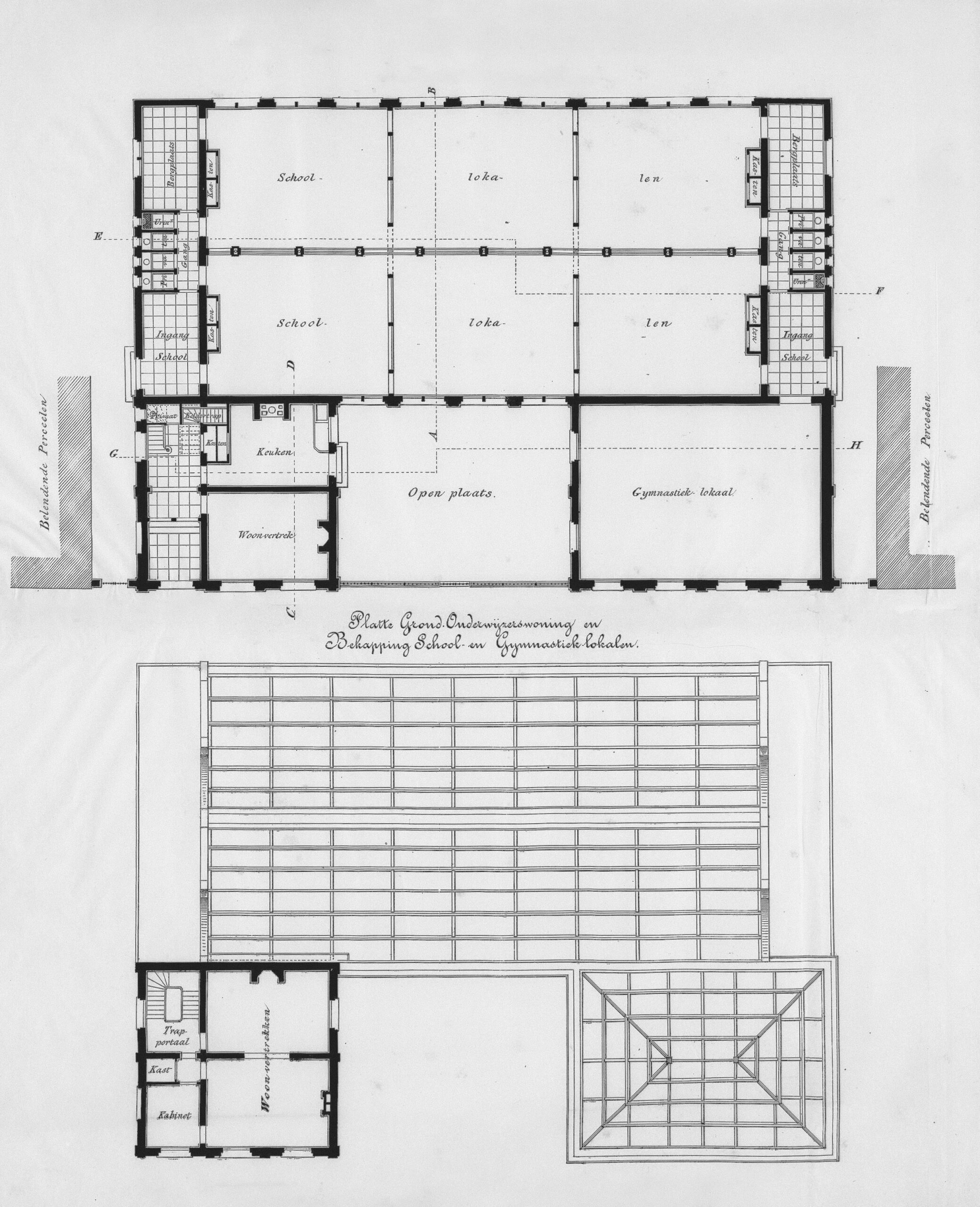ტაქტიკური რუკის ხელსაწყოთი ვსწავლობთ მოწინააღმდეგის (რეჟიმის) სტრუქტურას, მოქმედ პირებს და მათ შორის კავშირებს და ვადგენთ, რა რესურსები გვაქვს ჩასარევად და რომელ პირს ან რომელ ურთიერთობებს შეგვიძლია შევუტიოთ.
მსოფლიოში უსამართლობა ჯერ კიდევ ბევრგან ხდება, და ამ უსამართლობას ხელს უწყობს ადამიანებს შორის გამჯდარი ურთიერთობების კომპლექსური სისტემები. ზოგი ურთიერთობა ფორმალური ან იერარქიული და სტრუქტურულია, ზოგი არაფორმალური, მაგრამ თითოეულ ამ ურთიერთობას შეიძლება შევუტიოთ უსამართლობის გამოსასწორებლად. მაგრამ ისიც უნდა ვიცოდეთ, რომ თითოეულ ურთიერთობას განსხვავებული ტაქტიკური მიდგომა სჭირდება.
უსამართლობას და უფლებების დარღვევას მხოლოდ ერთი ტაქტიკით ვერ მოერევი. ამიტომ გვჭირდება, შევიმუშავოთ სტრატეგია, რომლითაც მოვარღვევთ მთლიან სისტემას, რომელიც უსამართლობას უქმნის ნიადაგს. უნდა შევიქმნათ შესაძლებლობა, რომ გავავრცელოთ ცოდნა სხვადასხვა ტაქტიკების შესახებ. ამისთვის დიდი ყურადღება უნდა დავუთმოთ ამ კომპლექსური ურთიერთობების რუკაზე დატანას და აღწერას. ეს დაგვეხმარება გავაფართოვოთ ჩვენი ცოდნა და ჩვენი უნარ-ჩვევები, რომ დავიხმაროთ ჩვენიანები და დავუპირისპირდეთ მეტოქეებს.
ტაქტიკური რუკის ხელსაწყო გვეხმარება ამ ურთიერთობების კომპლექსური სისტემის უკეთ გაგებაში. ტაქტიკურ რუკაზე ურთიერთობების დატანა გვეხმარება აქტივისტებს და ორგანიზაციებს, რომ რეალობა და კონტექსტი ვიზუალურად აღვიქვათ და სხვადასხვა მხრიდან შევხედოთ. ტაქტიკური რუკის ხელსაწყო გვეხმარება ჩვენ და ჩვენი გუნდის წევრებს, რომ აღმოვაჩინოთ ეს ურთიერთობები, და თვალი ვადევნოთ.
ბმული ხელსაწყოზე, ხელსაწყოს აღწერა და რჩევები გამოყენებისას
ხელსაწყო შემუშავებულია წამების მსხვერპლთა ცენტრის პროგრამაში “ახალი ტაქტიკები ადამიანის უფლებების დასაცავად”.
პრაქტიკული შემთხვევის შესწავლა: ახალგაზრდა ლიბერიელი ქალების ფეხზე წამოყენება.
განათლება მთავარი კომპონენტია მსოფლიოში ქალების ცხოვრების გასაუმჯობესებლად, და ლიბერიის ფსიქოსოციალური სერვისების ასოციაციამ (LAPS) იცოდა, რომ სასწავლებლის დროზე ადრე მიტოვების მაღალი პროცენტი და ადრეულ ასაკში ქორწინება თინეიჯერ გოგონებს სიღარიბის და სხვაზე დამოკიდებულ მდგომარეობის ხაფანგში ტოვებდა. “ახალი ტაქტიკები ადამიანის უფლებების დასაცავად” ვორქშოფზე ნასწავლი “ტაქტიკური რუკის შექმნის” პროცესის გამოყენებით LAPS დაეხმარა სამი სოფლის მაცხოვრებლებს, სრული სურათი შეექმნათ ყველა იმ მოთამაშეზე, რომლებსაც გავლენა ჰქონდათ გოგონების განვითარებაზე.
კულტურაში სქესისადმი ტრადიციული მიდგომების შეცვლა იოლი არაა, ამიტომ LAPS-მა გადაწყვიტა, “ახალი ტაქტიკების” ტაქტიკური წიგნაკებიდან ერთ-ერთი, განაში სამღვდელოების მიერ დატყვევებული ახალგაზრდა გოგონების გათავისუფლების წარმატებული ძალისხმევიდან აეღო მაგალითი:http://web.archive.org/web/20140201194440/https://www.newtactics.org/resource/tactical-mapping. ერთ-ერთ ვორქშოფზე მონაწილეებმა შექმნეს როლური თამაში-სავარჯიშო, რომელმაც აჩვენა, მშობლების და თინეიჯერი ბიჭების მოქმედებას რამდენად უარყოფითი გავლენა ჰქონდა გოგონების ცხოვრებაზე, რამაც გამოავლინა მთელი საზოგადოების ჩართულობის მნიშვნელობა.
LAPS-მა საგრძნობელ წარმატებას მიაღწია მოკლე დროში — სასწავლებლის დროზე ადრე დატოვების პროცენტმა დაკლება დაიწყო, და ორსულობის და ნაადრევი ქორწინების რაოდენობამ მესამედით დაიკლო. ზოგმა გოგონამ პატარა ბიზნესები წამოიწყო, ზოგმა სქოლარული განათლება მოიპოვა, ბევრი მშობელი საუბრობდა იმაზე, როგორ ეპყრობოდნენ ქალიშვილებს უფრო დადებითად, და მასწავლებლებმა ქალ სტუდენტებთან მოქცევის წესებზე დაიწყეს ტრენინგი. LAPS-ის შრომამ ბევრს აუხილა თვალი, და გოგონების ცხოვრებას გაუმჯობესება დაეტყო.
ბმულები
Tactical Map
გამოიყენება მოწინააღმდეგის სტრუქტურის შესაფასებლად, ვიზუალურად წარმოსადგენად და საყრდენების და სისუსტეების გამოსავლენად.
https://healtorture.org/courses/introduction-tactical-mapping-tool-expanding-relationships-and-resources/
tactical mapping tool
http://web.archive.org/web/20140201194440/https://www.newtactics.org/resource/tactical-mapping
Introduction to tactical mapping: a tool for expanding human relationships
https://healtorture.org/wp-content/uploads/2023/02/Revised_FINAL_Feb_2014_NT_Webinar.pdf
Video:
Tactical Mapping: An Introduction: http://vimeo.com/27252048, produced by interns with New Tactics in Human Rights
Practical example: Using the tactical map
http://www.campusactivism.org/server-new/uploads/using_the_tactical_map_wda.pdf
Step 3 – Map the Terrain Using the Tactical Map Tool
https://healtorture.org/wp-content/uploads/2023/02/New_Tactics_Step_3_Terrain_Process_Guide.pdf
Tactical Mapping: How Nonprofits Can Identify the Levers of Change
by Douglas A. Johnson and Nancy L. Pearson
https://healtorture.org/wp-content/uploads/2023/02/Tactical_Map_NPQ_article_2.pdf
Older article (web archive):
http://web.archive.org/web/20140201194440/https://www.newtactics.org/resource/tactical-mapping
Video: Tactical Mapping: an introduction
Article: INTRODUCTION TO TACTICAL MAPPING: A TOOL FOR EXPANDING HUMAN RELATIONSHIPS
https://healtorture.org/wp-content/uploads/2023/02/Revised_FINAL_Feb_2014_NT_Webinar.pdf
Tool: Map the terrain
https://www.newtactics.org/toolkit/map-terrai
Map the Terrain Using the Tactical Map Tool
Workbook: https://www.nonviolent-conflict.org/resource/new-tactics-human-rights-resource-practitioners/
Tactical mapping example:
http://www.campusactivism.org/server-new/uploads/using_the_tactical_map_wda.pdf
Article:
Tactical Mapping: How Nonprofits Can Identify the Levers of Change
https://www.newtactics.org/node/1550 [archived french version translated below]
In his tactical notebook, Effective Persuasion: Combating Traditional Practices That Violate Human Rights, Emile Short describes a campaign that enabled several thousand women and girls to escape religious servitude. Since this is New Tactics and this blog is about methods that facilitate change, I’ve highlighted a few techniques from this campaign that served to convene allies and opponents to defeat this unjust practice.
Here are eight powerful persuasion tactics. I believe they have near-universal application. See if you can employ them in your current efforts.
- Give yourself a plan . Yes, you can go all out on a month-long, all-out Persuasion Offensive that ends with a blazing crush against the wall of resistance. Or you can devise a gradual plan that will methodically seek to convince different strata of your stubborn opposition over a few years. Guess which approach is likely to win? It took a decade to begin religious subjugation in Ghana.
- Prepare your arguments . Familiarize yourself with your opponents’ point of view and the counter-arguments they invoke. Prepare your retorts point by point. Yes, it’s the good old Q&A method. Refine your argument based on the driving elements of your opponent’s speech and offer credible alternatives to the real needs that underlie them (see the Motivation to Solution strategy tool for this )… and may justice prevail!
- Bridge the degrees of separation . Sometimes you won’t be able to reach the person you want to convince directly. Don’t give up. Take the next step. Find someone who might be able to listen to your point. Hire someone who can make themselves heard. If there are several degrees of separation between you and the person you want to talk to, build a bridge of relationships between you. Consider who might be able to carry your arguments across the river.
- Speak the local language . This is a given, but unfortunately too often overlooked. People are extremely sensitive to the “language” spoken to them, especially when status dynamics are at play: urban or rural, university education or street education, white-collar or blue-collar, etc. Find your local ally. The task of convincing will only become easier, or even possible.
- Intervene from the inside . The people most affected by an issue will be its most powerful voice. If you’re talking about a problem that has negative impacts, offer real-life experiences, not descriptions. Rather than presenting an analysis of the negative impacts, choose someone who can relate their experience directly. Real-life stories and moving testimonies will always be more valuable than abstract speculation and theoretical discourse. Involve victims and survivors. If you don’t, the other side may “speak for them” and make patronizing arguments in their absence that will undermine your credibility.
- Give them a chance to shine . When dealing with local notables and VIPs, one tactical option is to give them a chance to look good, very good, by siding with you in the debate. Use this tactic to your advantage, intelligently and sparingly. You may expand your audience.
- Organize essential forums . I was greatly impressed by the number of meetings that seemed to form the framework of every small victory in the campaign to end the practice of Trokosi. One formidable technique seems to have been the use of village assemblies to advance the debate and seek public support from initially reluctant allies. There were also “Liberation Ceremonies,” emancipation rituals that allowed local fetish priests (sometimes forced, it must be said) to appear publicly to bless the liberation of their former slaves. What a wonderful use of public visibility!
- Assemble a team . Let’s see: we have someone in direct contact with the person we want to convince, a spokesperson from the local community, a survivor’s testimony, maybe even some respected member of the elite. But it’s a team! Now let’s assign roles. Emile Short talks about the carrot-and-stick strategy for advancing change. As Commissioner for Human Rights, he sometimes played the role of the stick. He was the one who raised the issue of possible criminal prosecutions for human rights violators, with the list of possible charges (the good cop/bad cop thing, anyone?). There are benefits to change and drawbacks to not changing. A winning combination.
“ Freedom and justice are never served on a silver platter; they are the fruit of stubbornness and perseverance ,” reminds Emile Short. Armed with effective persuasion tactics, you can multiply the influence of your determination tenfold.
Photo by Amsterdam City Archives on Unsplash

